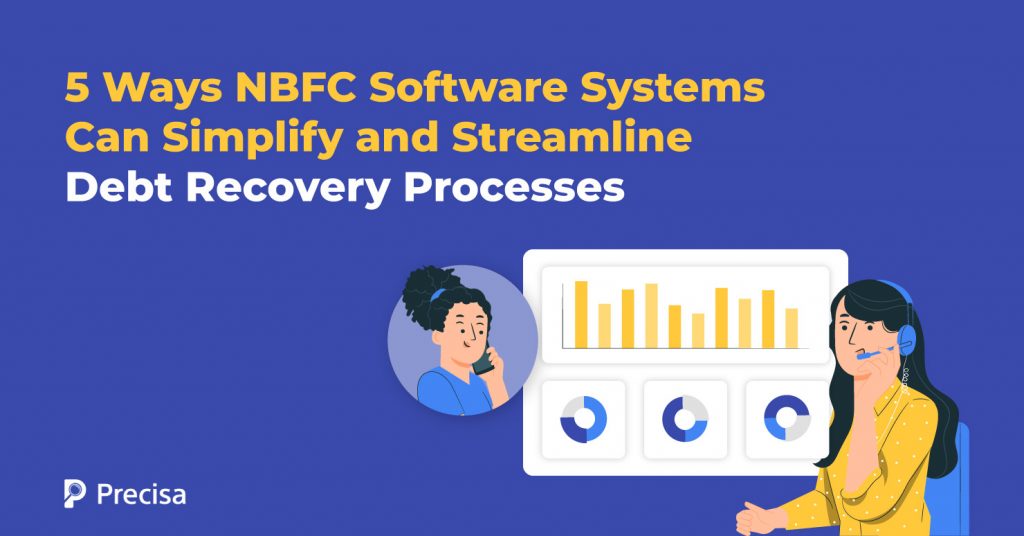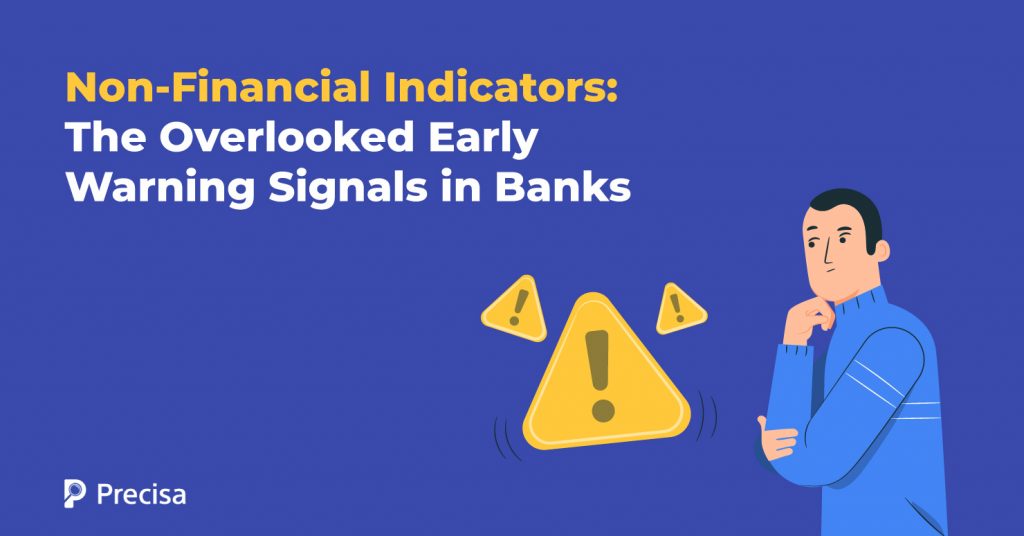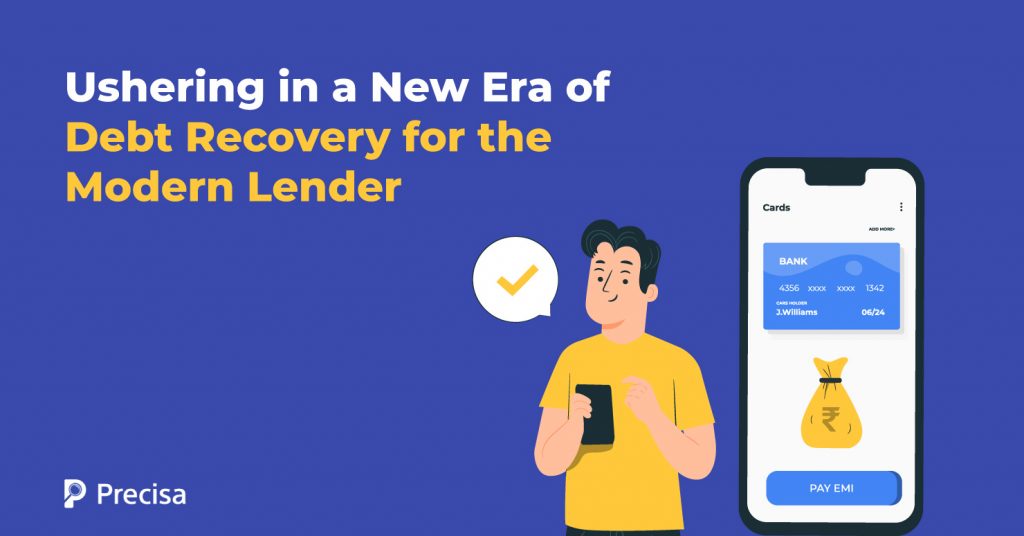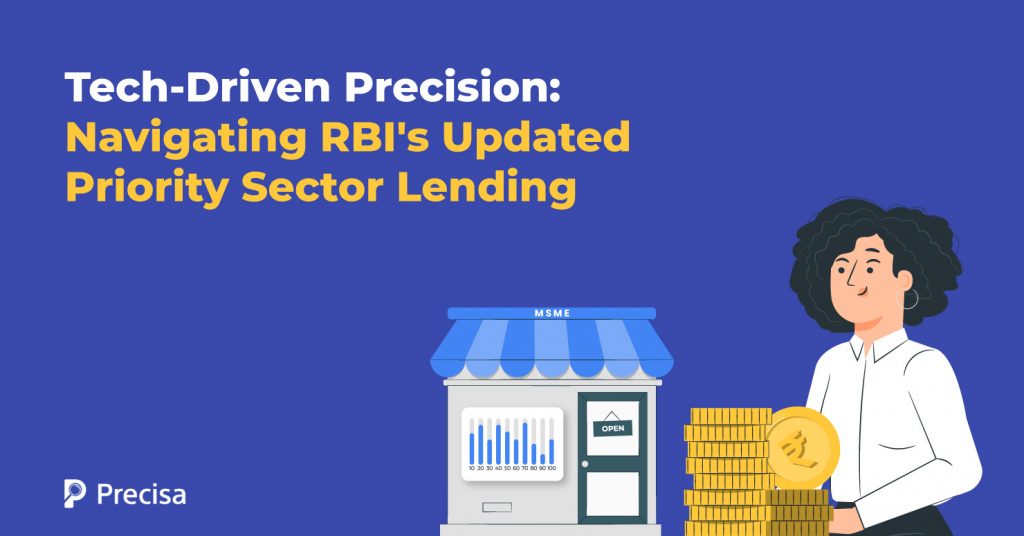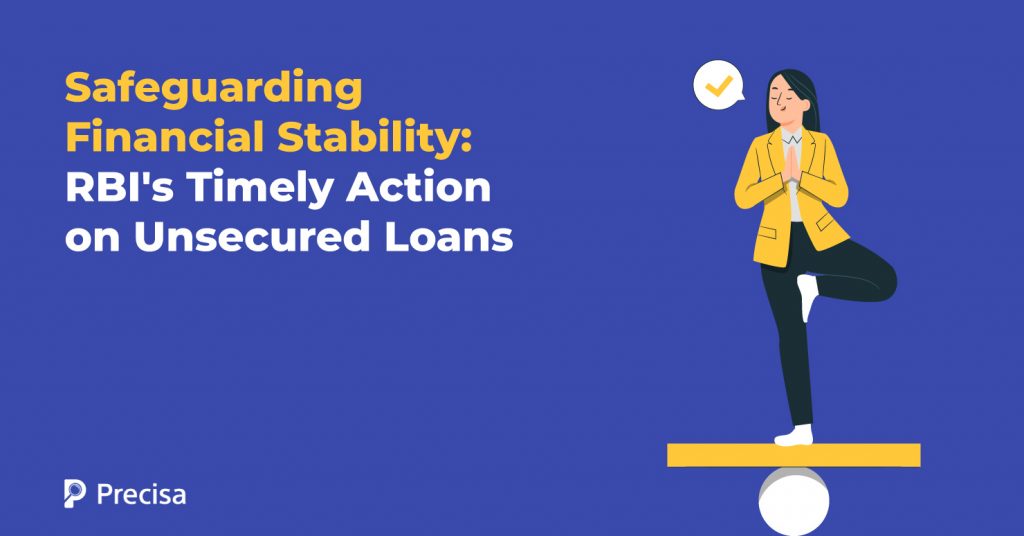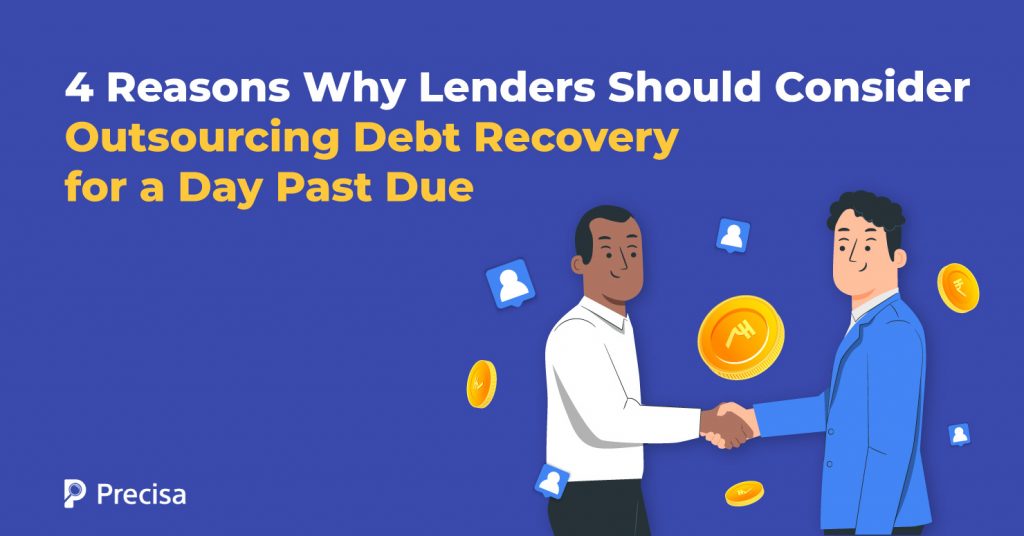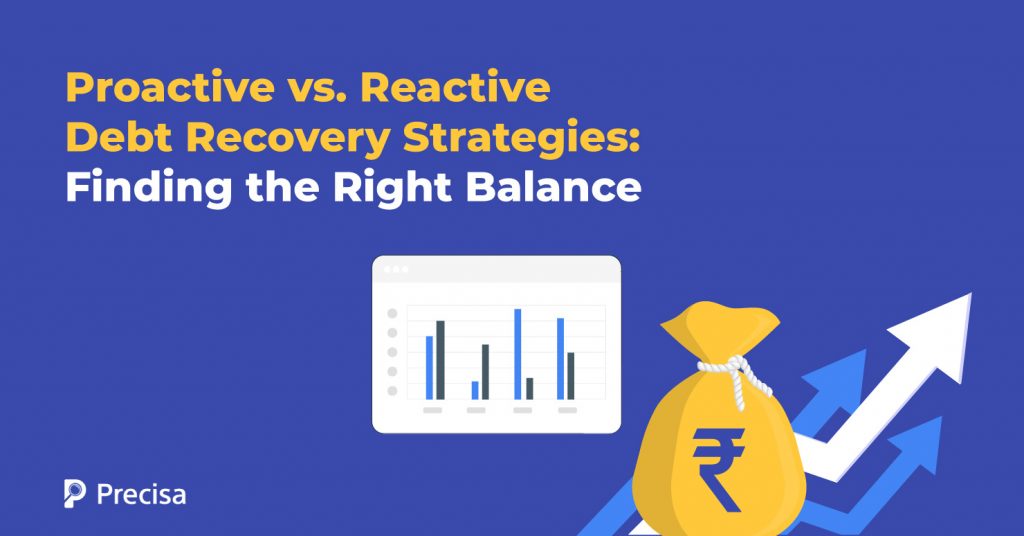The Economic Times reports that it could take upward of seven years to solve all the pending debt recovery cases in India. The report also states that more than 200,000 pending cases are waiting at the Debt Recovery Tribunals (DRTs) which handle around 30,000-40,000 each year. Despite consistent efforts and timely reforms to improve the […]
Non-Financial Indicators: The Overlooked Early Warning Signals in Banks
A borrower’s financial data provides significant insight into their financial status and creditworthiness. This data helps banks make lending decisions during the underwriting process. However, it is equally important for banks to observe non-financial indicators that help predict a borrower’s future behaviour. These indicators can inform banks about the ability of a borrower to fulfil […]
Ushering in a New Era of Debt Recovery for the Modern Lender
According to a report, the number of cases referred to the debt recovery tribunal (DRT), grew significantly to INR 4.02 trillion in FY23. Yet, the amount recovered via this route downslided to 9.2% in FY23 as compared to 17.5% in FY2022. This translates to the debt recovery rate for non-performing assets (NPAs) falling from 17.6% […]
Tech-Driven Precision: Navigating RBI’s Updated Priority Sector Lending
The concept of priority sector lending has its origins in 1972. This was when the Reserve Bank of India (RBI) first introduced the concept of opening up credit access to economically underserved consumers. This step was considered to be an important one in the nation-building journey as it enabled development. In June 2024, the RBI […]
Safeguarding Financial Stability: Timely Action of RBI on Unsecured Loans
At present, the ease of the application and loan disbursal process has nudged more Micro Small, and Medium Enterprises (MSME) and retail customers to apply for unsecured loans. For example, the government’s PSB Loans in 59 Minutes initiative accelerates the online application and approval process. On top of it, unsecured business loans up to Rs. […]
The Importance of Data Security in Account Aggregator Integration
In a digital-forward economy, borrowers have to repeatedly share extensive personal and financial data with lenders throughout their lifetime, which often poses both inconvenience and security risks. On top of that, this sensitive information includes profile details, addresses, credit card information, bank transactions, and investment details, all of which are vulnerable to potential breaches. With […]
Why Should Lenders Consider Outsourcing Debt Recovery for a Day Past Due
A recent Saral Finance survey suggests that around 67% of Indians have taken a loan at some stage to meet their financial requirements. That is a whopping 938 million people. Worryingly, the number of wilful defaulters has increased steadily over the last five years shooting to Rs 353,874 crore involving more than 16,500 accounts as […]
5 Reasons Why Cash Flow Lending Analysis is Necessary for Small Business Lending
Micro, small, and medium enterprises (MSMEs) account for around 30% of the economy, making them one of the most important sectors in India. These businesses also play an important role in safeguarding the cultural heritage of different communities, driving innovation, and generating jobs. With more than 600 lakh MSMEs spread across the country, cash flow […]
The Role of Automation in Debt Recovery: Is It Right for Your Business?
Automation has positively impacted industries and has significantly contributed to the growth in the financial services domain. Lenders benefit from automating the entire lending process, including debt recovery. Replacing manual processes with automated collection procedures improves efficiency and helps lenders stay profitable. As per reports, Gross Non-Performing Assets (GNPAs) of Scheduled Commercial Banks (SCBs) reduced […]
Proactive vs. Reactive Debt Recovery Strategies: Finding the Right Balance
One of the top risks in lending is the inability of borrowers to repay loans on time and in full. Hence, debt recovery is one of the most important aspects of the lending life cycle. However, traditional debt recovery methods tend to be more reactive. For example, lenders may outsource this role to external agencies, […]

